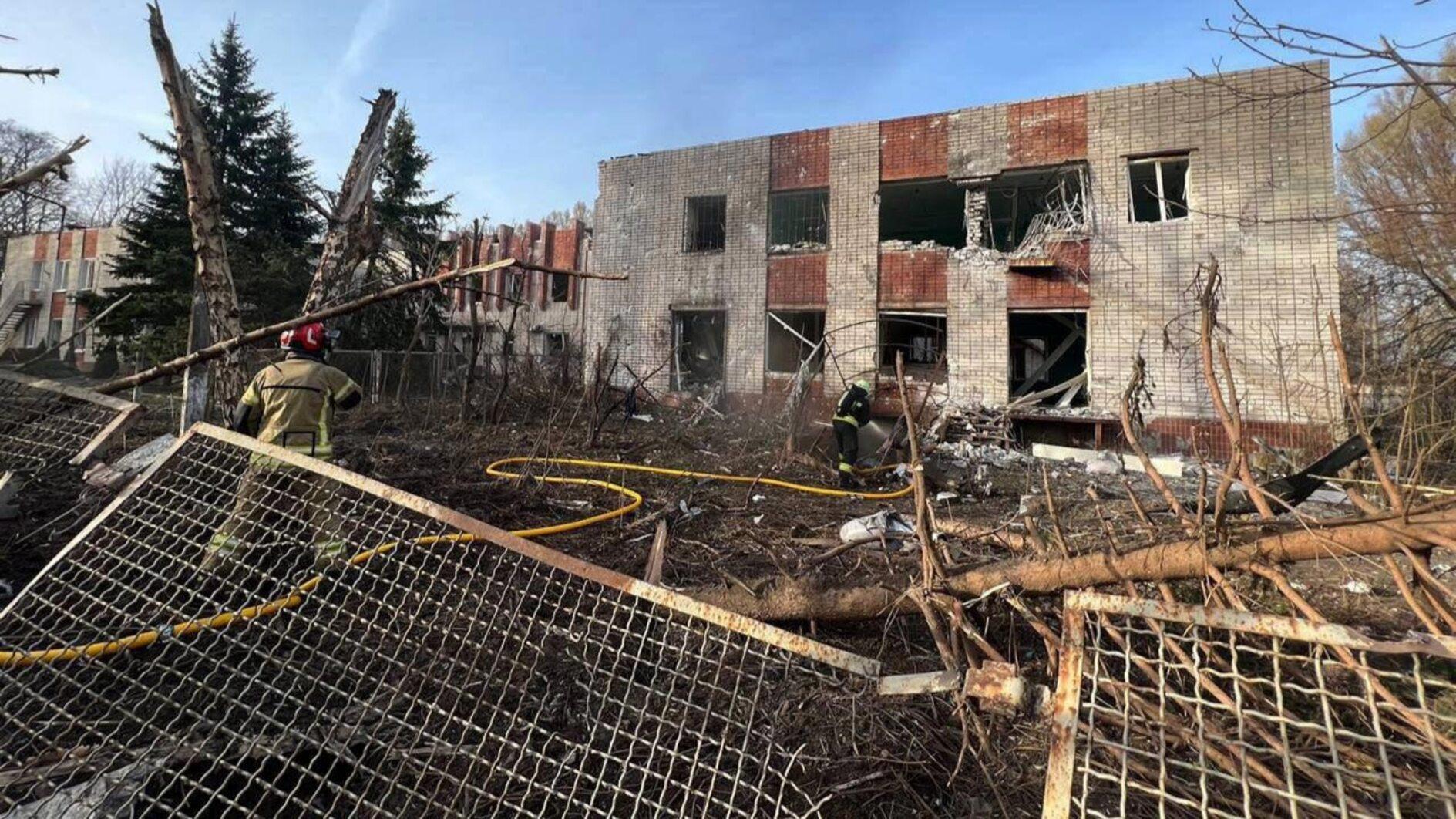The right to insist on Taksim for May Day
“We were 500,000 proletarians,
We entered Taksim Square.
Such an Istanbul we saw.
The morning has an owner,
There will be time to settle accounts.”
This verse is from a song written by Turkish folk singer Ruhi Su in the wake of a deadly attack on May Day celebrations in Taksim Square in 1977. Hundreds of thousands of people were in Istanbul’s Taksim Square on May 1, 1977, when attackers, still unknown to date, opened fire on the crowd, and security forces started a crackdown on protestors simultaneously. This led to a panic in the crowd, resulting in more than 30 deaths, most of who were killed in the human stampede at the entrance of the Kazancı Street.
The “Bloody Sunday” in 1977 was only the second celebration of May Day in Taksim Square. The event turned Taksim to an iconic place for the leftist movement in Turkey, but it was not possible to have a calm May Day celebration at the square until 2010.
The Justice and Development Party’s (AKP) move to declare May 1 a public holiday and open Taksim to celebrations was a smart move and the iconic square saw two cheerful celebrations with the participation of hundreds of thousands of people for two years. But apparently, the AKP expected that the protests on May Day would not target the government, and when they did, Taksim was once again closed on May Day.
Police brutally used force to prevent people from marching to Taksim, hundreds of people were detained and many were injured.
This year, Taksim might have seen another pleasant May Day celebration since it was pedestrianized, hence the argument of blocking traffic is not valid anymore, but Prime Minister Recep Tayyyip Erdoğan decided to not allow it.
“Give up on your hopes of Taksim,” Erdoğan said April 22. “Do not engage in a fight with the state. Do not disturb the peace of our people. Our people do not want to see streets where stones and Molotov cocktails prevail,” he said. “We will not tolerate this. You are not above the law.”
Many labor unions and leftist groups, as well as opposition parties, insist on a celebration in Taksim. Erdoğan has warned them, too.
“Those who insist on celebrating it here [in Taksim Square] are just saying: ‘I am ready for clashes,’” he said.
The prime minister is partly right; they are ready for clashes, because they saw in the past how brutal police can be. The memories of eight young people killed during the Gezi protests are still fresh.
Besides, there are also small groups that will be on the streets on May 1 with the sole aim of clashing with the police, but they were on the streets in 2010 and 2011, too, and nothing happened because they were not given the chance.
The government fears that allowing crowds into Taksim will look like a retreat, since the square cemented its place as an iconic place during the Gezi protests. Since the anti-government protests last June, the police have stopped almost every attempt to gather in Taksim, even the smallest ones, and Gezi Park was shut down to visitors on several occasions.
Istanbul will most probably see fierce clashes on May 1 if the government does not back down from its stance. But Erdoğan is wrong, the people have every right to hold May Day celebrations in Taksim Square, and the sole responsibility of the possible clashes will be on the government’s shoulders.
Taksim is not a place the prime minister can open to crowds when he wants, and ban entrance when he feels like. The police crackdown on May 1 last year had its share in the anger during the Gezi protests.
Many people have paid the price to open Taksim to the people, and after all, there will be time to settle accoun











